#lightwave 3d
Explore tagged Tumblr posts
Text
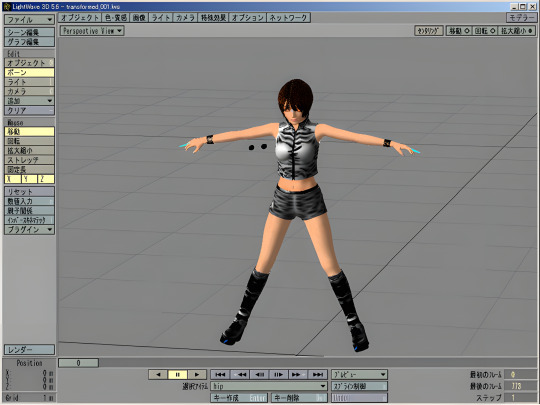
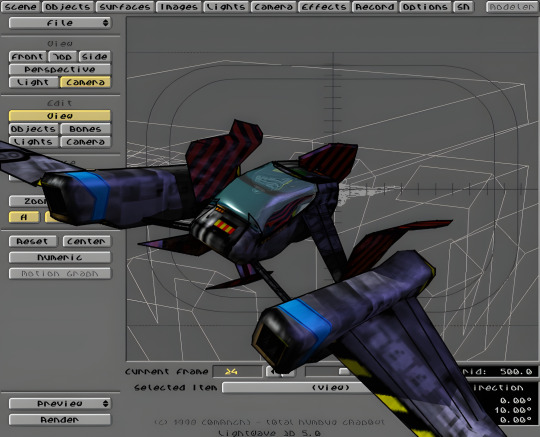
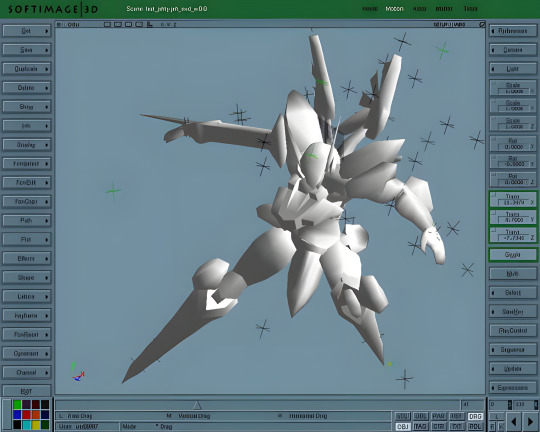

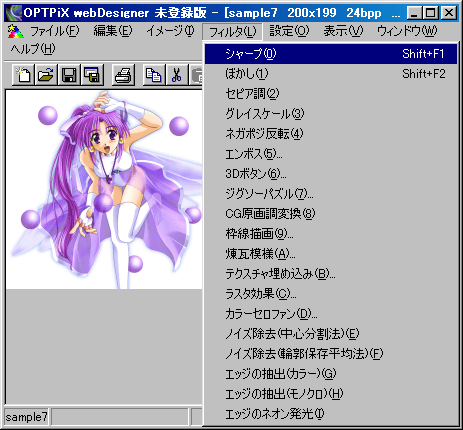

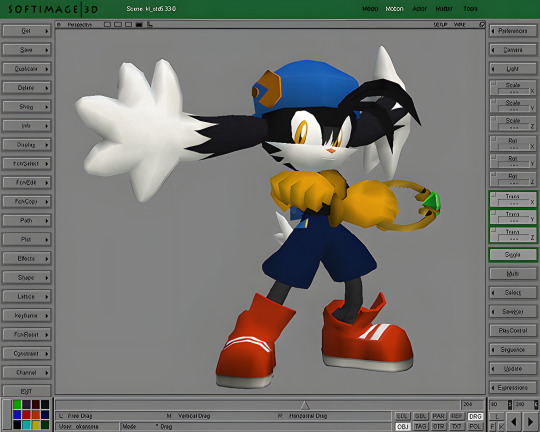
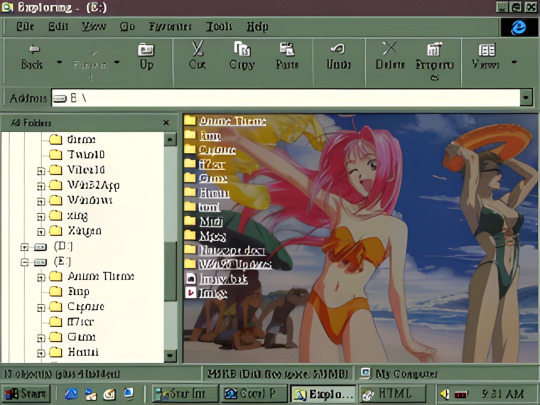
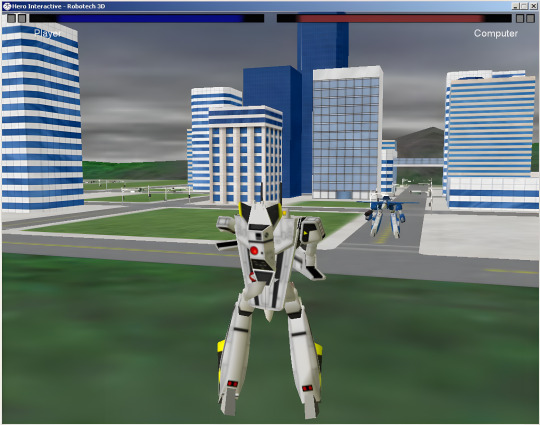
Just a few randomly selected screenshots from various Windows (Maybe one exception for the Amiga) 3D Software/Games/Explorer GUI Aesthetic. (source: DiscMaster)
#aesthetic#90s#y2k#cybernetic#cybercore#y2kcore#cyber y2k#y2k aesthetic#3d rendering#software#windows#amiga#lightwave 3d#webcore#oldweb#klonoa#random stuff
113 notes
·
View notes
Text





#bryce render#3d art#digital art#abstract#surreal#fractal#purple aesthetic#violet glow#energy field#trippy art#vaporwave core#new age#y2k aesthetic#retrofuturism#digital texture#sci-fi landscape#space vibes#cosmic energy#ambient art#procedural generation#ethereal#liminal space#dreamcore#lightwave#plasma core#metaphysical#synthetic dream#digital mysticism#deep space#alien frequency
16 notes
·
View notes
Text
My newest video is about the ICO Pilot Movie. A 1997 LightWave 3D animation that has never been released in full by Sony. Here, I share all the info we have about it.
11 notes
·
View notes
Text
NewTekniques - Twelve Issues (Magazines, 1997/1998/2000)
The official magazine from NewTek, the company behind 90's computer graphics programs such as Lightwave 3D and Video Toaster. You can read it here.
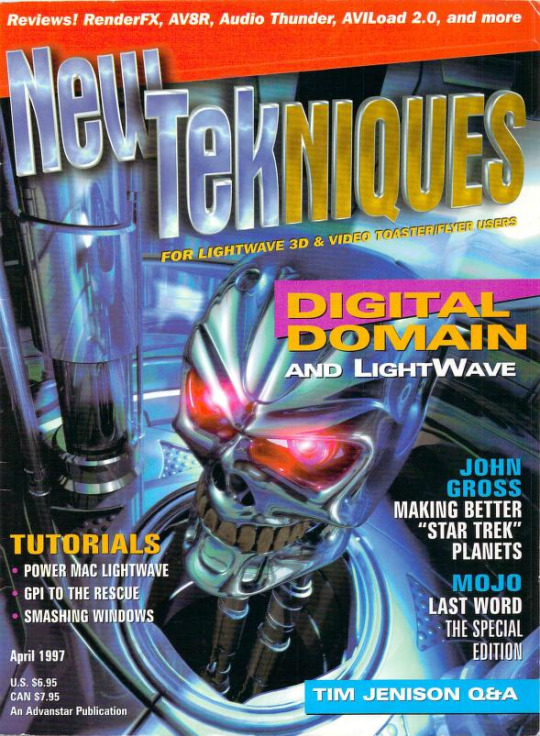
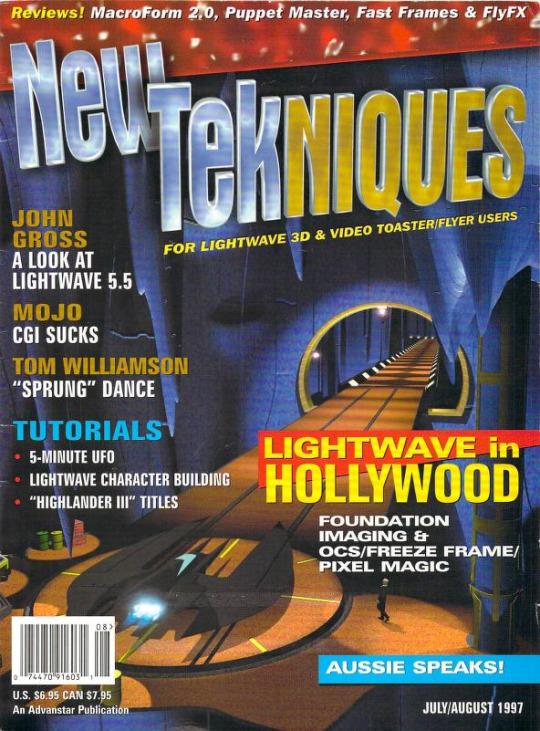

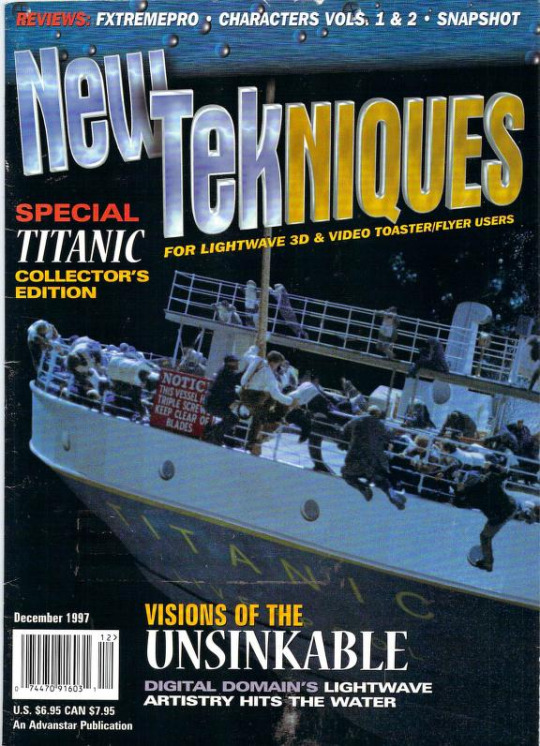
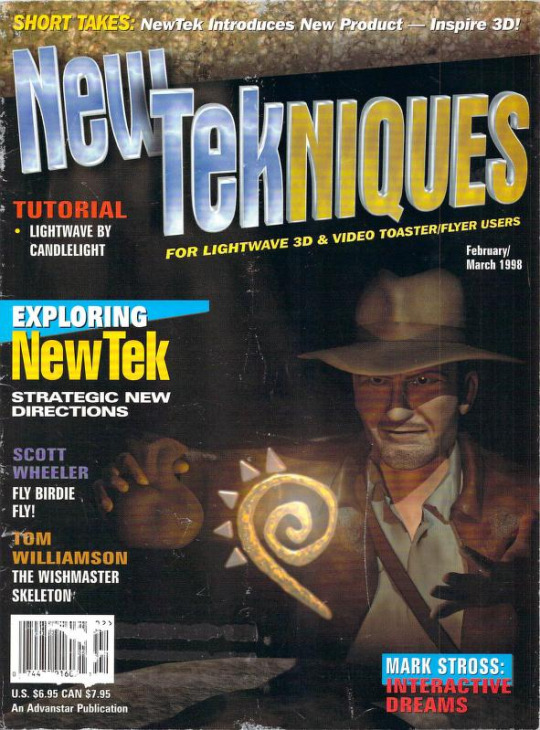
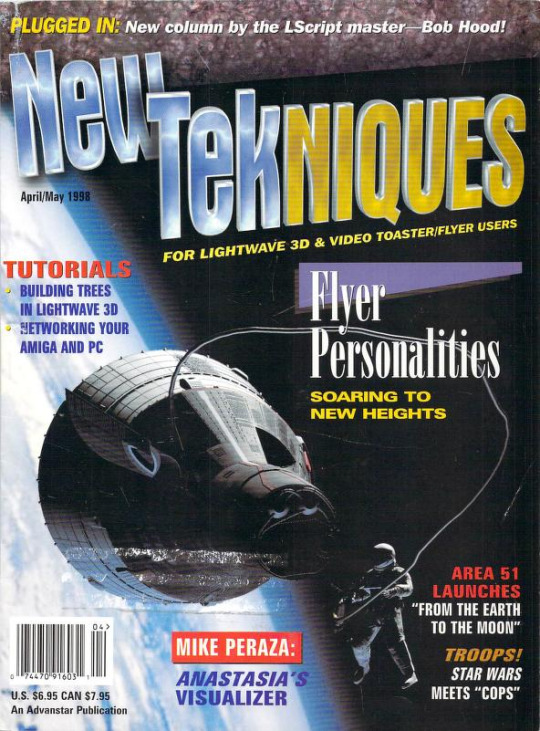
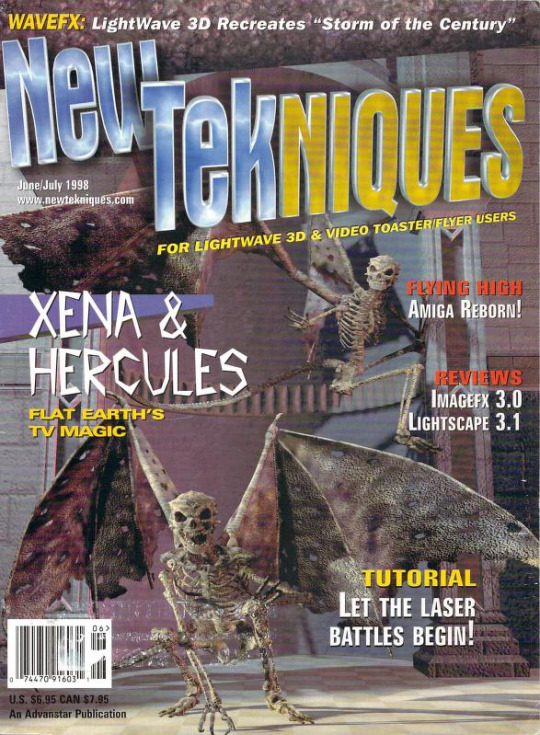
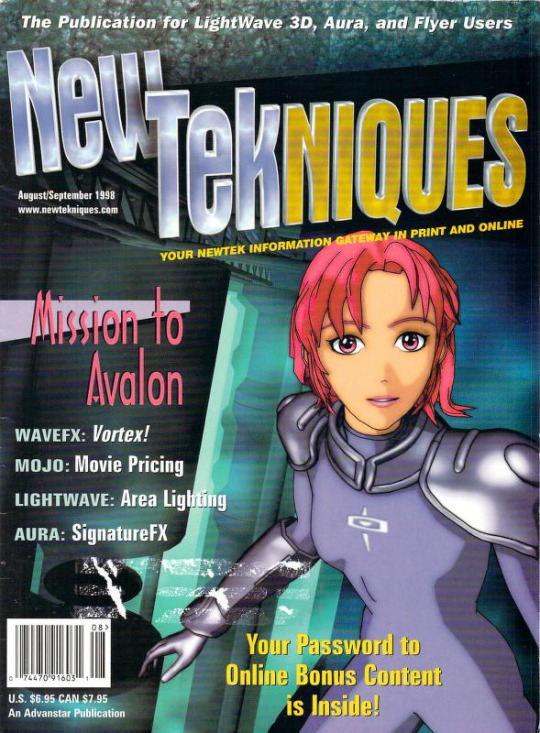
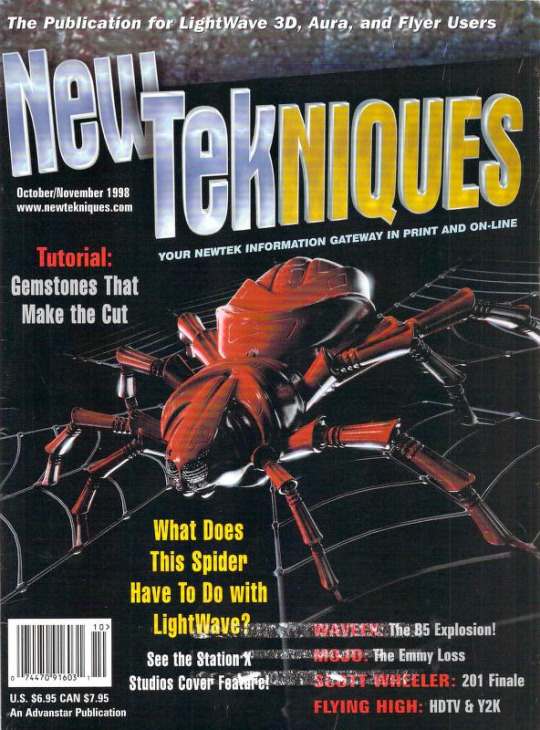
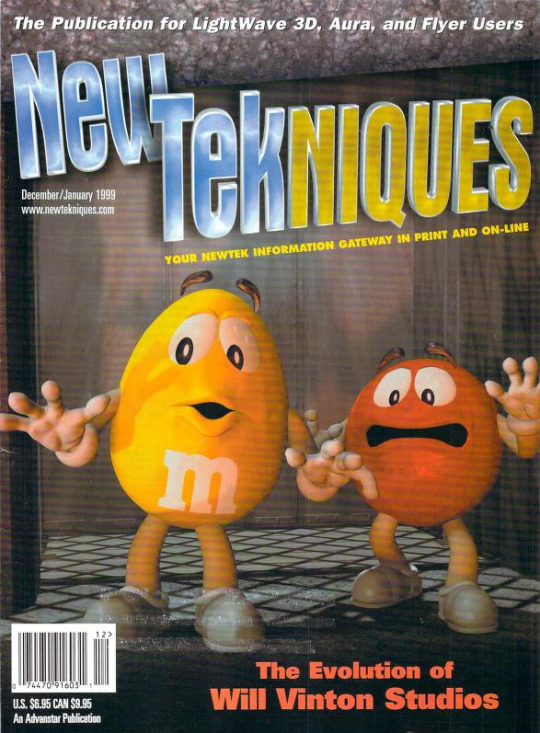

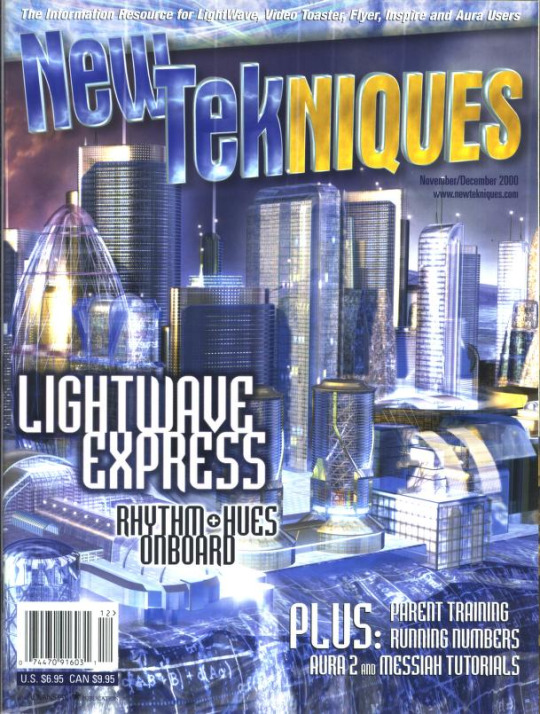
#internet archive#magazine#magazines#computer magazine#90s magazine#2000s magazine#90s cgi#early cgi#old cgi#video toaster#1997#1998#2000#1990s#90s#2000s#00s
11 notes
·
View notes
Text

This is my latest figure print of Cricket Green That I made! It now lives in a display window that everyone can see! No one has stolen it yet, so they must hate it! Thanks to the Show Runners and Disney for giving me permission to make this! I made this in ZBrush and Lightwave. I transferred it to Blender where it was rigged and I even used the 3D Print plugin to make it Manifold. Funny! They used to call that watertight. Oh the newspeak! Anyway, this was sliced using Bambu Studio and got printed on a Bambu P1S.
#art#cartoon#disney tva#Chris Houghton#Shane Houghton#3D Print#blender#bambu#fanart#portfolio#big city greens
5 notes
·
View notes
Text
3D Rendering Market Size, Competitive Landscape, and Forecast 2032
The 3D Rendering Market was valued at USD 4.07 billion in 2023 and is expected to reach USD 23.02 billion by 2032, growing at a CAGR of 21.27% over the forecast period 2024-2032.
The global 3D rendering market has witnessed remarkable growth in recent years, driven by the increasing adoption of 3D visualization across industries such as architecture, automotive, gaming, film, and healthcare. As businesses and designers strive to deliver immersive, high-quality visual content, the demand for advanced rendering software and cloud-based rendering solutions is surging. The market is evolving rapidly, supported by technological advancements such as real-time rendering, augmented reality (AR), and virtual reality (VR). These innovations are reshaping how professionals create, present, and experience digital content.
3D Rendering Market Size, Share, Scope, Analysis, Forecast, Growth, and Industry Report 2032 explores how the market is poised for sustained expansion, with an increasing number of organizations leveraging rendering solutions for product design, marketing, simulation, and customer engagement. From photorealistic architectural walkthroughs to complex industrial visualizations, the applications of 3D rendering are diverse and growing. As industries embrace digitization, the integration of 3D rendering into workflows is becoming a competitive necessity, further fueling market growth and innovation.
Get Sample Copy of This Report: https://www.snsinsider.com/sample-request/4934
Market Keyplayer
Autodesk (Autodesk 3ds Max, Autodesk Maya)
Chaos Group (V-Ray, Chaos Phoenix)
NVIDIA (NVIDIA Iray, NVIDIA Omniverse)
Blender Foundation (Blender, Cycles)
Maxon (Cinema 4D, Redshift)
Solid Angle (Arnold, Arnold GPU)
Luxion (KeyShot, KeyVR)
Unity Technologies (Unity 3D, Unity Reflect)
Epic Games (Unreal Engine, Quixel Megascans)
Red Giant (Universe, Magic Bullet Suite)
Otoy (OctaneRender, OTOY Render Network)
The Foundry (Maya Render, Modo)
Next Limit Technologies (Maxwell Render, RealFlow)
Pixar Animation Studios (RenderMan, Presto)
Autodessys (FormZ, Rendering Suite)
KeyShot (KeyShot Animation, KeyShotXR)
SimLab Soft (SimLab Composer, SimLab VR Viewer)
Artlantis (Artlantis Render, Artlantis Studio)
Daz 3D (Daz Studio, Daz 3D Render)
LightWave 3D (LightWave Render, LightWave 3D Modeler)
Trends
The 3D rendering market is influenced by several key trends that are driving transformation and accelerating adoption across sectors:
Rise of Real-Time Rendering: With the growing demand for immediate feedback and interactive design environments, real-time rendering technologies are becoming essential. Tools like Unreal Engine and Unity are empowering industries to deliver lifelike visuals in real time, especially in gaming, automotive, and real estate.
Cloud-Based Rendering Services: Cloud rendering is gaining traction due to its ability to handle large-scale rendering projects without heavy investment in hardware. This model allows faster processing times, scalability, and collaboration, making it particularly valuable for architectural firms and creative studios.
AR and VR Integration: The fusion of 3D rendering with augmented and virtual reality is opening new avenues in simulation, training, and customer experience. Industries like interior design and e-commerce are using AR-based visualizations to allow customers to “see” products in real-world environments.
Use of AI and Automation: Artificial intelligence is being applied to streamline rendering workflows, automate lighting and texture selection, and enhance final output quality. AI-powered upscaling and denoising tools are also significantly reducing rendering times.
Sustainability and Green Design: As sustainable design gains importance, 3D rendering is playing a crucial role in visualizing eco-friendly architecture and green infrastructure, aiding decision-making in early-stage planning.
Enquiry of This Report: https://www.snsinsider.com/enquiry/4934
Market Segmentation:
By Component
Software
Services
By Operating System
Windows
MacOS
Linux
By Organization Size
SMEs
Large Enterprises
By End User
Architecture, Engineering & Construction
Automotive
Healthcare
Gaming
Manufacturing
Media & entertainment
Market Analysis
This growth is driven by increasing demand across sectors such as architecture, product design, and media. The Asia-Pacific region is emerging as a major growth hub, fueled by rapid urbanization, infrastructural development, and growing digitalization. Meanwhile, North America continues to dominate in terms of market share due to the presence of major tech firms and early adopters.
Key players in the market include Autodesk, Adobe Systems, Dassault Systèmes, NVIDIA, Chaos Group, and Luxion. These companies are investing in R&D to improve rendering speeds, quality, and user interface. Partnerships with cloud service providers and integration with emerging technologies are also helping expand their customer base. Startups and smaller firms are entering the market with specialized rendering services, making the competitive landscape more dynamic.
Future Prospects
The future of the 3D rendering market is promising, with expansive applications beyond traditional design disciplines.
Healthcare Visualization: The medical field is increasingly using 3D rendering for surgical simulation, anatomical modeling, and medical training, enabling higher precision and better outcomes.
E-Commerce Transformation: Retailers are embracing 3D product visualization to reduce returns, boost online engagement, and personalize the shopping experience. Virtual fitting rooms and interactive 3D product demos are set to become standard practice.
Smart City and Infrastructure Planning: Governments and urban planners are leveraging 3D rendering to visualize smart cities, traffic flows, and infrastructure projects, ensuring better planning and communication.
Education and Training: Interactive 3D environments are revolutionizing education, especially in technical fields, by offering immersive, hands-on learning without physical resources.
As rendering technology becomes more accessible and powerful, its applications will continue to expand across sectors, creating new market opportunities and transforming workflows.
Access Complete Report: https://www.snsinsider.com/reports/3d-rendering-market-4934
Conclusion
The 3D rendering market is at the forefront of the digital visualization revolution, offering immense potential for innovation, efficiency, and engagement. With the convergence of real-time rendering, AI, cloud computing, and immersive technologies, the market is entering a transformative phase. As industries adapt to increasingly visual communication methods, 3D rendering will be a critical tool for design, decision-making, and storytelling.
About Us:
SNS Insider is one of the leading market research and consulting agencies that dominates the market research industry globally. Our company's aim is to give clients the knowledge they require in order to function in changing circumstances. In order to give you current, accurate market data, consumer insights, and opinions so that you can make decisions with confidence, we employ a variety of techniques, including surveys, video talks, and focus groups around the world.
Contact Us:
Jagney Dave - Vice President of Client Engagement
Phone: +1-315 636 4242 (US) | +44- 20 3290 5010 (UK)
#3D Rendering Market#3D Rendering Market Scope#3D Rendering Market Growth#3D Rendering Market Trends
0 notes
Text
Examples of 3D artists:
Neopork:


The artist, Neopork on 'ArtStation' has modelled and render a digital model based on SpaceX's Starship rocket.
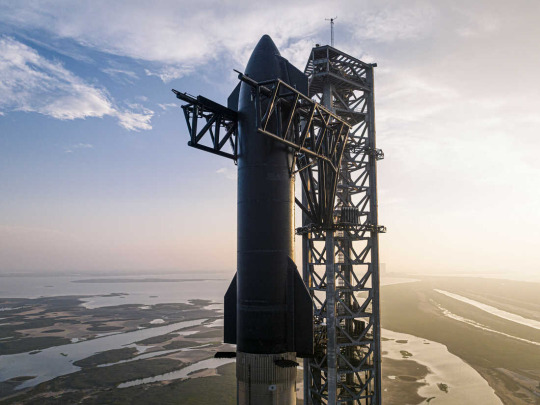
They made these models using software like 'Maya' to model the model itself and use 'Photoshop' to do the texturing. They also did this for their model of the Dragon capsule for Falcon 9.
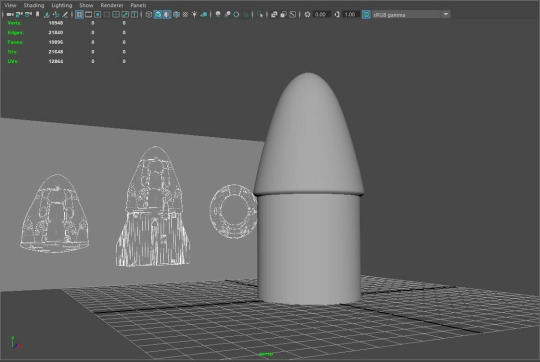
These models are designed to be realistic and for the most part accurate to sources they used like pictures. They have not clarified what processes were used during the development of these models.
Zuzzana Skąpska:

Zuzzana Skąpska is a digital 3D artist on 'ArtStation'. They created a model based on ULA's (United Launch Alliance) Atlas V rocket.
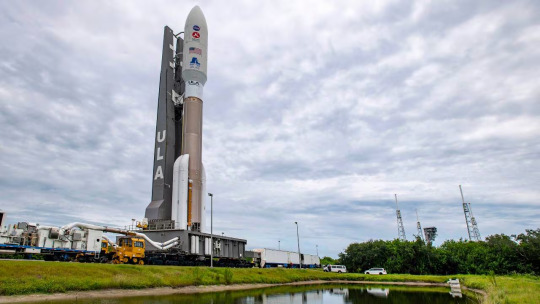
Interestingly, they used 'Blender' (which I use) to model the rocket. To texture the model, they used 'Adobe Substance 3D Painter'. The model itself looks realistic with the pipes and overall shape of the rocket. They have not clarified what processes were used during the development of this model.
3dxin Studio:
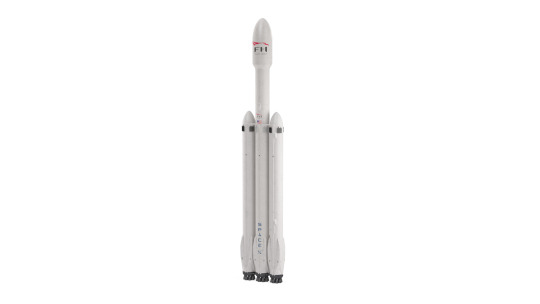
3dxin Studio is another artist found on 'ArtStation'. They have based their model on SpaceX's Falcon Heavy rocket. Unfortunately, they haven't specified what mediums were used in the making of this model. They have not clarified what processes were used during the development of this model either.

Kim Syberg:
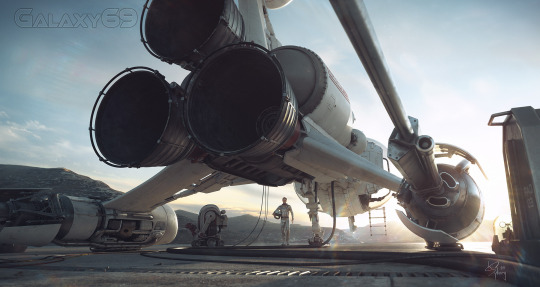
Kim Syberg's model on 'ArtStation'. It was based on '2001 A Space Odyssey', the 'Apollo program', and vintage planes/cars. Their main reason for making the model was to explore workflows and techniques. Syberg used a variety of software to make this model. They used 'LightWave 3D', '3DCoat', 'Octane Render', and 'Photoshop'. The model isn't designed to be realistic as it is a sci-fi design. They have not clarified what processes were used during the development of this model.
Ilya Shevchuk:

Ilya Shevchuk made this model concept model and posted it on 'ArtStation'. They use an even wider variety of software for the model. These include 'Maya', 'Marmoset Toolbag', 'Substance 3D Designer', 'Substance 3D Painter', 'Blender', and 'Photoshop'. The model was based on a heavy rocket carrier and a space shuttle. I find that the shuttle aspect of the model has been made clear by the design of the tiles. The textures used for the tiles look very realistic. The engines look realistic too. However, the rest appears to be a bit too sci-fi. They have not clarified what processes were used during the development of this model.
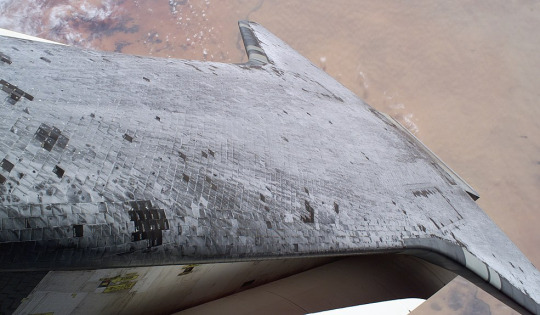
Marc Gauvin:
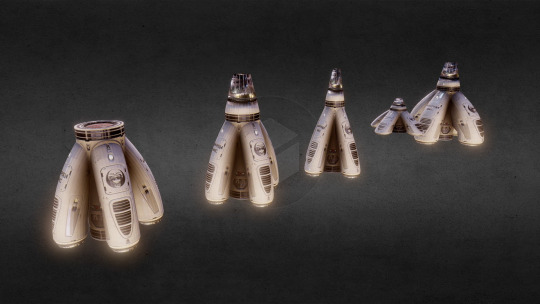
Marc Gauvin is another artist that I have found on 'ArtStation'. They made this fuel tank model for a mod for the game 'Kerbal Space Program'. They used 5 different mediums for this model. This includes 'ZBrush', 'Substance 3D Painter', 'Unity', 'Blender', and 'Kerbal Space Program'. The design doesn't look that realistic as the side tanks curve too much. The overall shape looks sci-fi in my opinion. They have not clarified what processes were used during the development of this model.
ljsz23:
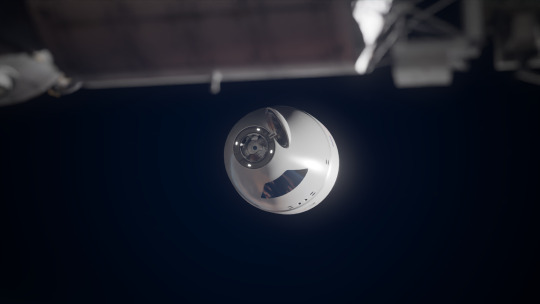
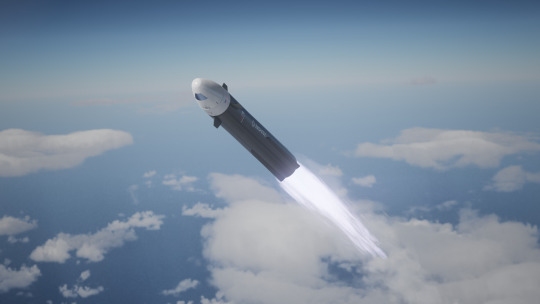
I found the artist called ljsz23 on 'ArtStation' that made amodel based on the crew capsule for Rocket Lab's Neutron rocket that's still in development. They constructed this model with only two references that Rocket Lab has released. The two mediums they used for this model is 'Blender' and 'Substance 3D Painter'. This model does look quite realistic as it closely resembles 'Rocket Lab's' upcoming rocket called the "Neutron". They have not clarified what processes were used during the development of this model.
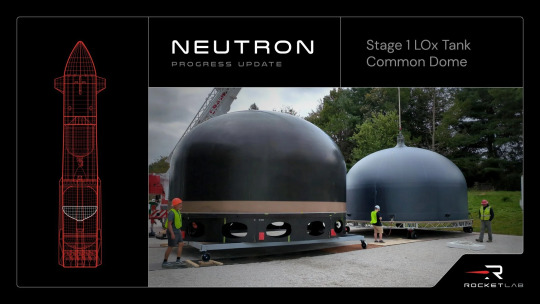
Rahul Prabhu C:
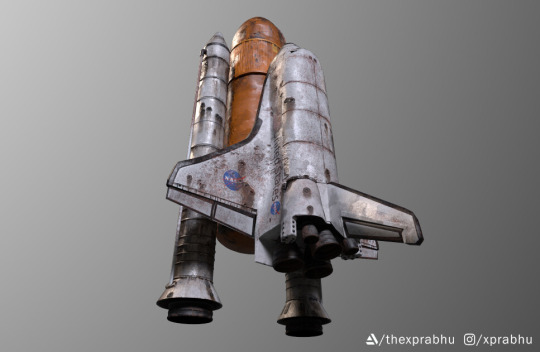
The 'ArtStation' artist, Rahul Prabhu C made a model based on the space shuttle named "Discovery". They designed it to look like its been abandoned during an alien invasion. The mediums used for this model are 'Maya', 'Substance 3D Painter', and 'Photoshop'. The shape of the model is realistic and true to the space shuttle. The rust textures also look realistic. However, I don't think it looks very accurate with how the rust textures are on the external fuel tank. The orange colour in the foam is already rust caused by exposure to UV light. They have not clarified what processes were used during the development of this model.
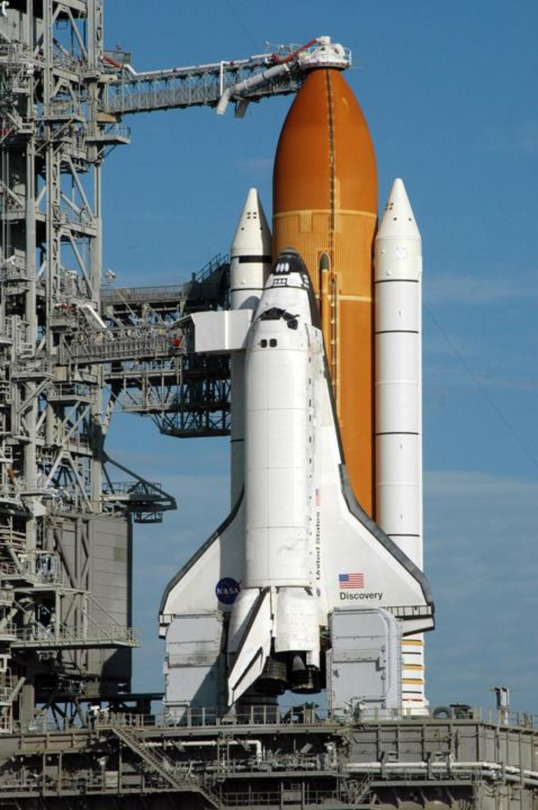
Trorid:

On 'ArtStation' encountered the artist called "Trorid". They have based their model on the raptor engines made by SpaceX. The only medium they used to make the model is 'Blender'. Both the modelling and texturing was done 'Blender' which I plan on doing the same. As a whole, I feel that the model looks realistic. They have not clarified what processes were used during the development of this model.

0 notes
Text
なかよしインターネッツ285アペンディックス(その1)
光栄なことにイトッポイドさんのなかよしインターネッツにゲストで出演しました。Spotify・YouTube・Apple Podcastsで聴けます。本当にありがとうございます。このポストでは放送でお話しした内容を補っていけたらと思います。URLもなるべく載せられるものを掲載します。
その本に自分いますよ
紙ラボさんとかるみねさんのPLOTTERや、 佐野章核さんとcube Tanakaさんのjadda+、RebRankさんのDoujin Game Package Design Vol.01の話です。
C-media records
https://www.c-media.org/ 2001年から岡山県で活動しているレーベル、全員デザインも音楽もやる人が集まっています。CDは全て手作りで、2024年の今でもCD-Rを焼いています。CDのデザインはこんな感じです。毎年秋のM3と冬コミに参加しています。最近でたCDはこちら。
ArtPad II Pro
これです。ArtSchool Dabblerがついてきました。その後のタブレット遍歴はArtPad II Pro→bamboo→bamboo→CintiQという感じでした。
DoGA
こちらです。当時の3Dは3D studio max・Lightwave・Softimage 3D・Maya・Shade・trueSpace・Metasequoia・六角大王などなどで、その中でもDoGAは超初心者向けなところから始まっていて遊びやすかったです。Webサイトが当時から変わってなくてちょっと感動しています。
midiを打ったりとか
Music Studio Standardとか使ってました。その後ReBirth RB-338を経てReasonに至ります。
PROJECT-WIVERN
こちらで見れます。当時は動画コンテンツが少なかったので何度も見直してました。ダイジェスト版のBGMもすごい好きでした。
新海さん
彼女と彼女の猫あたりの時代です。これも当時動画コンテンツが少なかったのでめちゃくちゃ見てました。「誰か助けて」のところだけ新海さんじゃない女性の声になるあたりが演出としても非常に印象的でした。
メダロット
2Xの幼少期に多大な影響を与えました。メダ2のストンミラーあたりの話がやばかったです。メダロットのサイトも作ったし初めての同人誌もメダロットのものを買ったし人の繋がりもメダロット起因のものが非常に多いです。
コングルGood
収録後に「あれOH!MYコンブだわ」となりました。大変失礼いたしました。
CSSが未発達時代の個人サイト
Excel方眼紙みたいな作り方かとは思うんですが先日サイトがまだ残っていることを知って久しぶりに読み漁りました。
Flashの道
Flashは4とか5あたりからのユーザーでした。そしてActionScriptを覚えたのはHAKUHINさんのサイトです。このサイトでスクリプトはもとより変数や引数、データ型などスクリプトのいろはを学びました。ActionScriptはJavaScriptと文法が近いのでその後のキャリアにも大きく影響しました。
当時どんなサイト見ていたんですか?
こういうサイトを見ていました。
MONO*crafts(yugop.com)
EYE4U
B L A C K W H I T E
Pale Light
2advanced studios
(mt) Media Temple
Bionic Systems
CBCNet
Shift
04.jp.org
May1stReboot
事前登録して5月1日に一斉にサイトリニューアルするという企画。tatsさん(有馬トモユキさん)とかとああだこうだやってた時期です。FlashにBGMのループを忍ばしてインタラクティブさを出したりなどしていました。今でもインターネットアーカイブに当時のサイトなどがあります。
8月31日までにお絵描き掲示板を使いまくる
使っていたお絵かき掲示板はしぃペインターです。今思うとpixivファンタジアみたいな企画でした。この企画のためにAEで映像作ったり専用の曲を作ったりなどしました。
デザイナーのヒーロー像
今聞き返すとthaのみなさまばかりなのですが川上俊さんやセミトラさんやSLNさんやimage diveさんなどなど他にも多くの方々がいらっしゃいます。そして今もなお読み返すのはQantaさんの「私は広告賞を獲りたかった」です。メチャクチャ熱い記事なのでぜひ読んで欲しいです。
後半はこちら
0 notes
Text
From Sketch to Screen: The Evolution of 3D Animation Techniques
The evolution of 3D animation techniques, from initial sketches to the final on-screen product, represents a fascinating journey of technological advancements and artistic innovation. This progression has transformed the landscape of animation, allowing for the creation of highly immersive and visually stunning worlds. Institutions like an animation academy in Pune play a crucial role in training the next generation of animators, equipping them with the skills and knowledge needed to navigate and contribute to this ever-evolving field.
Early Beginnings
The roots of 3D animation can be traced back to the early 20th century with simple mechanical devices like the zoetrope and praxinoscope, which created the illusion of motion. However, the real revolution began in the 1960s and 1970s when computer graphics started to emerge. Early pioneers like Ivan Sutherland and the team at the University of Utah developed foundational technologies and algorithms that would later be pivotal in 3D computer graphics.
The Advent of Computer Graphics
The 1980s marked a significant leap with the advent of more sophisticated computer graphics. Films like "Tron" (1982) showcased some of the earliest uses of computer-generated imagery (CGI) in cinema. This era saw the development of essential techniques such as wireframe modeling, where objects are represented by their skeletal framework, and raster graphics, which involve the representation of images through a grid of pixels.
The Rise of 3D Modeling and Animation Software
The late 1980s and early 1990s saw the introduction of powerful 3D modeling and animation software like Autodesk's 3ds Max, Maya, and LightWave 3D. These tools revolutionized the way animators could create and manipulate 3D objects. The process typically began with sketching and storyboarding to conceptualize the scenes and characters. Artists then used these software programs to build detailed 3D models, rigging them with skeletons to allow for movement and articulation.
The Pixar Revolution
A pivotal moment in the history of 3D animation was the release of Pixar's "Toy Story" in 1995, the first fully computer-animated feature film. Pixar's success was built on the innovative RenderMan software, which allowed for advanced rendering techniques to create realistic textures, lighting, and shading. "Toy Story" demonstrated the emotional depth and storytelling potential of 3D animation, setting a new standard for the industry.
Advances in Motion Capture and Simulation
The 2000s brought further advancements with motion capture technology, which involves recording the movements of live actors to create more realistic animations. This technique has been used extensively in both films and video games to produce lifelike character movements. Additionally, the development of physics-based simulations enabled the realistic portrayal of natural phenomena like water, fire, and cloth dynamics, enhancing the overall realism of 3D animated scenes.
Real-Time Rendering and VR/AR Integration
In recent years, the focus has shifted towards real-time rendering technologies, significantly impacting both the gaming and film industries. Engines like Unreal Engine and Unity allow for real-time graphics rendering, enabling interactive and immersive experiences. These technologies are also crucial for the development of virtual reality (VR) and augmented reality (AR) applications, where users can engage with 3D environments in entirely new ways.
The Future of 3D Animation
Looking ahead, the future of 3D animation holds exciting possibilities. Artificial intelligence (AI) and machine learning are beginning to play roles in automating complex animation tasks, optimizing rendering processes, and even generating procedural content. Furthermore, advancements in hardware, such as more powerful GPUs and specialized processors, continue to push the boundaries of what is possible in 3D animation.
Conclusion
The journey from sketch to screen in 3D animation is a testament to the relentless innovation and creativity of the field. From the early days of mechanical motion devices to the sophisticated digital tools available today, 3D animation has evolved into a powerful medium for storytelling and artistic expression. As technology continues to advance, the possibilities for 3D animation are boundless, promising ever more immersive and visually captivating experiences for audiences worldwide.
0 notes
Text


Working in Blender 3D because my Lightwave doesn't want to work on the new PC so here is some things I have been playing around with.
0 notes
Text
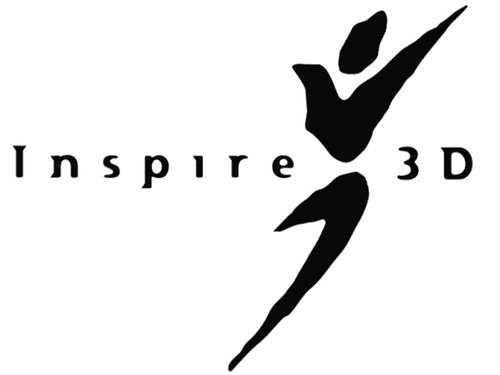

Inspire 3D and LightWave 3D 6 (1997) (1999)
1 note
·
View note
Text
Lightwave 3d is back?
Been a long time since I heard of Lightwave 3d. I thought they were dead but recently they have been spun off and sold to Andrew Bishop’s new company Lightwave Digital. He is a veteran in CG animation and aims to update Lightwave. You can follow more on the development on the Website or Discord. I do feel that the only good reason to get Lightwave is for the Perpetual License. I am not sure if…
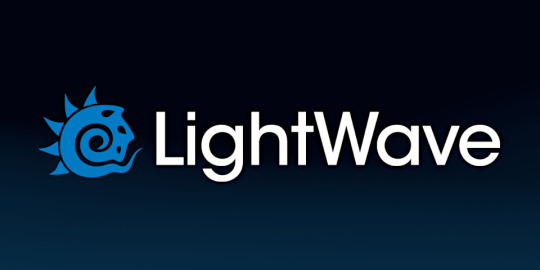
View On WordPress
0 notes
Text
Lightwave 3d is back?
Been a long time since I heard of Lightwave 3d. I thought they were dead but recently they have been spun off and sold to Andrew Bishop’s new company Lightwave Digital. He is a veteran in CG animation and aims to update Lightwave. You can follow more on the development on the Website or Discord. I do feel that the only good reason to get Lightwave is for the Perpetual License. I am not sure if…
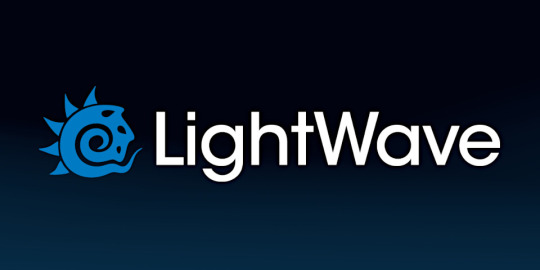
View On WordPress
0 notes
Text
Perbandingan Software Animasi 3D
Perbandingan Software Animasi 3D: Memilih yang Tepat untuk Proyek Anda
Pengantar:
Dalam dunia kreatif dan industri hiburan, animasi 3D telah menjadi elemen penting dalam produksi film, permainan, iklan, dan banyak lagi. Namun, dengan berbagai pilihan perangkat lunak animasi 3D yang tersedia, memilih yang tepat untuk proyek Anda bisa menjadi tugas yang menantang. Dalam artikel ini, kami akan membandingkan beberapa perangkat lunak animasi 3D terkemuka, membantu Anda memilih yang sesuai dengan kebutuhan dan preferensi Anda.
1. Autodesk Maya:
Autodesk Maya adalah salah satu perangkat lunak harga animasi 3D paling populer dan canggih. Ini menawarkan berbagai alat untuk modeling, rendering, simulasi, dan animasi karakter yang kompleks. Cocok untuk proyek film, game, dan animasi karakter yang membutuhkan tingkat detail yang tinggi.
2. Blender:
Blender adalah perangkat lunak animasi 3D sumber terbuka yang kuat dan serbaguna. Dengan antarmuka yang intuitif, Blender cocok untuk pemula maupun profesional. Ini menyediakan alat untuk modeling, animasi, rendering, dan bahkan pengeditan video.
3. Cinema 4D:
Cinema 4D oleh Maxon adalah perangkat lunak yang sangat digunakan dalam industri desain dan animasi. Ini memiliki alat-alat yang kuat untuk modeling, animasi, dan efek visual. Cinema 4D sangat baik digunakan untuk membuat grafis gerak, iklan, dan efek khusus.
4. Autodesk 3ds Max:
3ds Max adalah solusi animasi 3D terkemuka lainnya dari Autodesk. Ini menawarkan alat-alat hebat untuk modeling, rendering, dan animasi yang dapat disesuaikan. Digunakan secara luas dalam pembuatan game, efek visual, dan produksi film.
5. Houdini:
Houdini oleh SideFX adalah perangkat lunak yang kuat untuk efek visual dan simulasi yang rumit. Ini sangat cocok untuk proyek yang memerlukan efek partikel, simulasi cairan, dan dinamika fisika yang kompleks.
6. LightWave 3D:
LightWave 3D adalah perangkat lunak animasi 3D yang telah digunakan dalam produksi film dan televisi. Ini menyediakan alat untuk modeling, animasi, dan rendering berkualitas tinggi.
https://videoanimasi.my.id/

0 notes
Photo



It took some time but I have finally 3D printed something!!!
6 notes
·
View notes
Photo

The Dragon Slayer Rigged low-poly 3d model ready for Virtual Reality (VR), Augmented Reality (AR), games and other real-time apps. The Dragon Slayer Rigged for Lightwave 3D 9.2 or above, Time to tame those dragons!
The Dragon Slayer http://3deroti.ca/The-Dragon-Slayer
#3d slayer#3d dragon slayer#3d figure#3d character#slayer#dragon slayer#Lightwave#Lightwave 3d#renderotica#newhere
8 notes
·
View notes